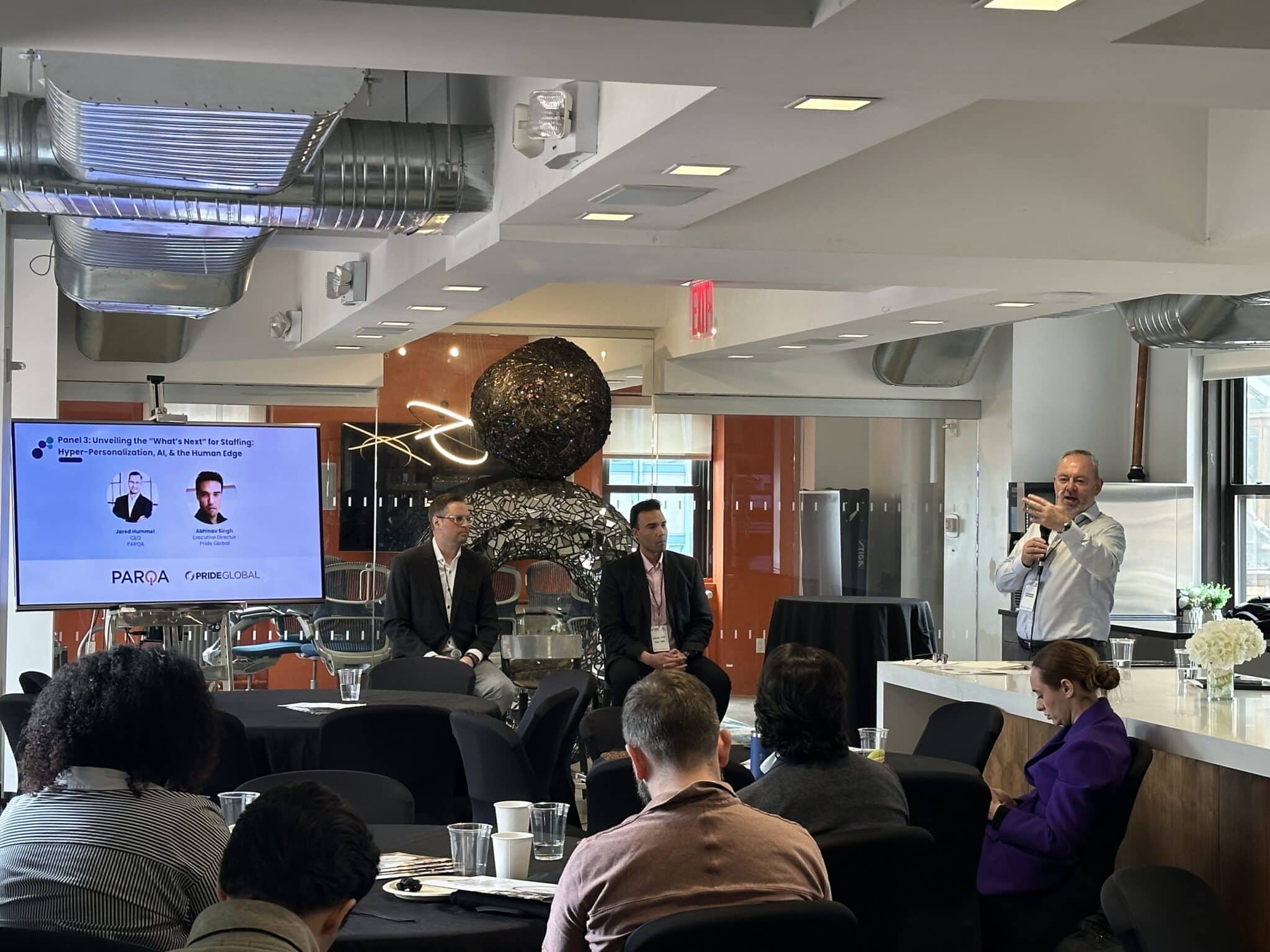Mobile makes up 80% of the working population, says Bersin Report
Research and advisory group, The Josh Bersin Company, has revealed that 80% of the current working population is “deskless”, this according to its latest report called The Big Reset Playbook: Deskless Workers.
This latest report is based on insights from the company’s ongoing Big Reset executive working groups. The report focuses on the recommended practices needed to create optimal work experiences for “deskless” employees in retail, healthcare, manufacturing, hospitality, transportation, and other sectors.
The report also revealed that based on current research by multiple sources, it’s in fact hourly workers who take the lead in resignation statistics.
Josh Bersin commented: “Because so little attention has been given to the working and personal needs of deskless employees, companies are now seeing mass resignations, unionisation efforts, and scores of unfilled jobs.”
The seven critical components of deskless work according to The Big Reset Playbook are:
- Promote and enable human connections and time for creativity. Deskless workers are the closest to the customer, but a mere 6% of manufacturing companies and 7% of consumer companies design jobs to allow people time to rest, reinvent, and innovate, compared to 21% of technology firms and 29% of professional services companies.
- Train managers to better coach deskless workers. Many companies fail to adequately support managers in the training and development of their people. Just 11% of hospitality companies invest in developing leaders at all levels, compared to 75% of pharmaceutical companies.
- Make the commute easy and establish belonging at work. Because remote work is not feasible for deskless workers, they need extra support with easy and safe commutes. A sense of belonging is especially important in light of the current resignation trends and skills shortages. Leaders need to demonstrate that they are actively listening to employees and taking actions as appropriate.
- Support the deskless worker’s entire life. Work flexibility is often not an option for deskless workers, so they need backup for taking care of families and support for balancing finances. The vast majority live paycheck to paycheck, and only 13% of the 2.7 billion deskless workers worldwide have paid sick leave.
- Help deskless workers build fulfilling careers. Deskless workers – especially those who may be in jobs ripe for automation – need pathways to future-proof careers.
- Create a deskless-first culture. A sense of belonging and community is critically important for deskless workers, yet many are often disconnected from the overall corporate mission and values when communication channels are designed for deskbound employees.
- Provide tools and services geared for mobile. Deskless workers are often left behind with no access to communication, tools, or resources. Mobile-first or adaptable approaches should be implemented.
Josh Bersin, global HR trends analyst and CEO of The Josh Bersin Company, commented on the findings: “As we go into the second winter season of the pandemic, hybrid work continues to be especially important, and much work remains to be done to design a new paradigm. In parallel, we must not forget the 80% of employees around the world have a work reality that is drastically different from their managers. Work strategies must keep in mind the needs of shop floor employees, restaurant servers, nurses, doctors, pharmacists, teachers, truck drivers, and warehouse workers.
“Many things have changed since March 2020, and deskless workers are at the receiving end of many of the most difficult work challenges. In some industries such as transportation or hospitality, large numbers of people were furloughed or laid off. Healthcare employees had to face extreme health risk in coming to work. Designing a new work reality for these deskless workers is a lesson in empathy, listening, learning, and communication.”












